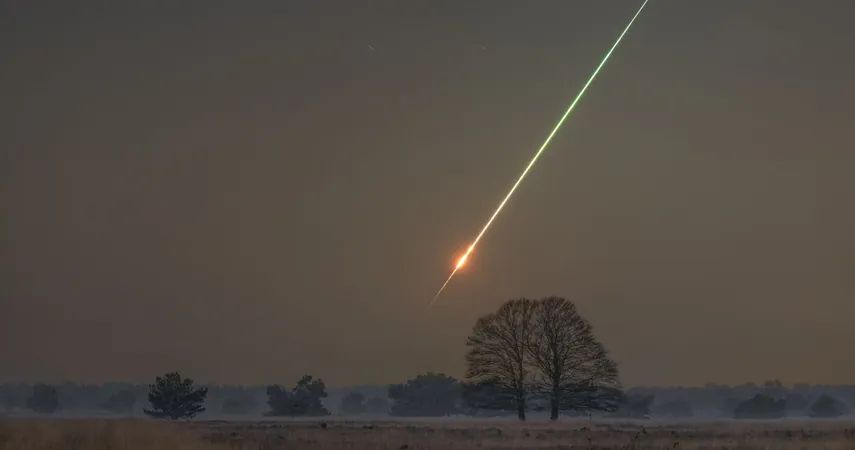
Game Changer for Planetary Defense: New Insights from Asteroid 2023 CX1
2025-09-17
Author: Emily
A Groundbreaking International Endeavor in Planetary Defense
In an extraordinary feat of collaboration, nearly 100 researchers from around the globe, led by Western adjunct professor Auriane Egal, have achieved a historic milestone—an in-depth analysis of asteroid 2023 CX1, from its detection in space to its dramatic impact on Earth.
Asteroid 2023 CX1: A Sudden Threat from Space
2023 CX1, a relatively unremarkable asteroid by cosmic standards, made headlines with its explosive entry into Earth’s atmosphere. Discovered just seven hours before impact, it struck Normandy, France, on February 13, 2023, at 2:59 a.m. GMT, detonating 28 kilometers above ground with a force unimaginable for an object under one meter in diameter.
Measuring nearly a meter across and weighing about 650 kilograms, this space rock shattered into more than a hundred fragments that scattered across Normandy. The only recovered meteorite, dubbed Saint-Pierre-Le-Viger (SPLV), is the first L-type chondrite studied from its celestial route to laboratory analysis.
Precision Tracking: A Leap Forward in Meteor Observation
Thanks to innovative strategies employed by ESA and NASA, the asteroid's trajectory was predicted with astonishing precision—within 20 meters of the actual site of impact, marking SPLV as one of the most accurately tracked meteorites in history.
A collaborative effort between public observers and scientists, facilitated by the French camera network FRIPON/Vigie-Ciel, allowed for the unprecedented tracking of the asteroid during its atmospheric entry.
The Power of Global Collaboration
The study harnessed the expertise of over 100 scientists, including meteor physicists from Western Space, showcasing the effectiveness of international partnerships in addressing rare celestial phenomena.
Egal remarked, "This unique alliance between professional and citizen scientists demonstrates the power of international cooperation when facing rare and critical celestial events.”
Revolutionizing Planetary Defense Strategies
The groundbreaking insights gleaned from 2023 CX1—only the seventh asteroid detected before impact—underscore the necessity for robust planetary defense protocols. Analysis revealed that this type of asteroid, which separated from its parent body 30 million years ago, could inflict greater damage than standard fragmentations, such as the infamous Chelyabinsk incident in 2013.
As noted by Egal, "We confirmed the existence of a new population of asteroids linked to L-type chondrites. These may require revised alert systems and evacuation plans, as they pose significant risks to populated areas.”
The Future of Asteroid Tracking and Protection
The research outcomes highlight a critical turning point for planetary defense strategies, emphasizing the need for continuous observation of asteroids like 2023 CX1. With the potential for abrupt fragmentation posing a heightened threat, experts stress the importance of refining our alert systems to protect lives in the event of future asteroid encounters.
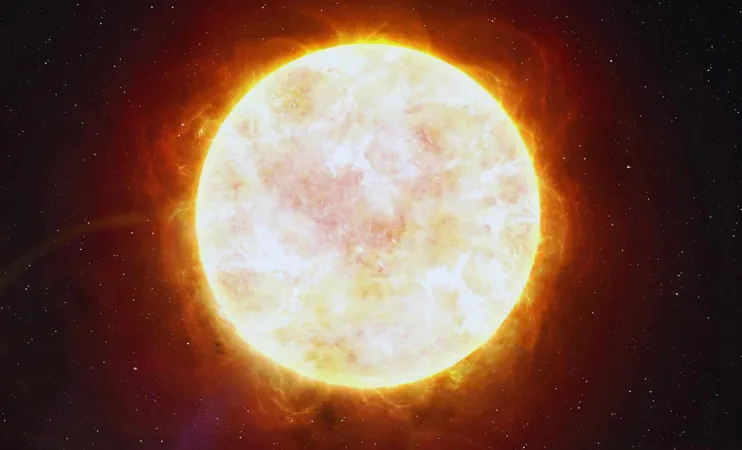
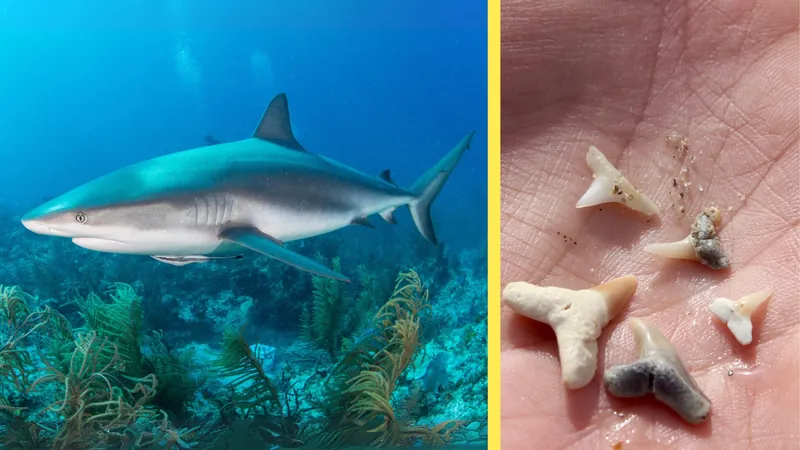



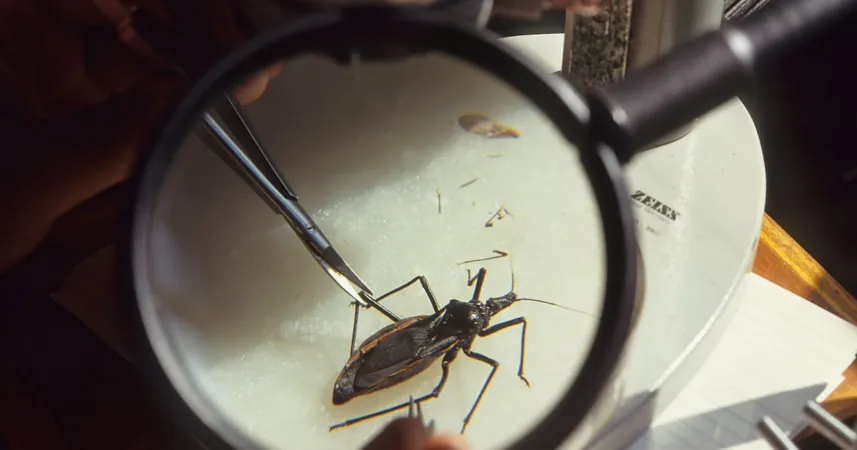
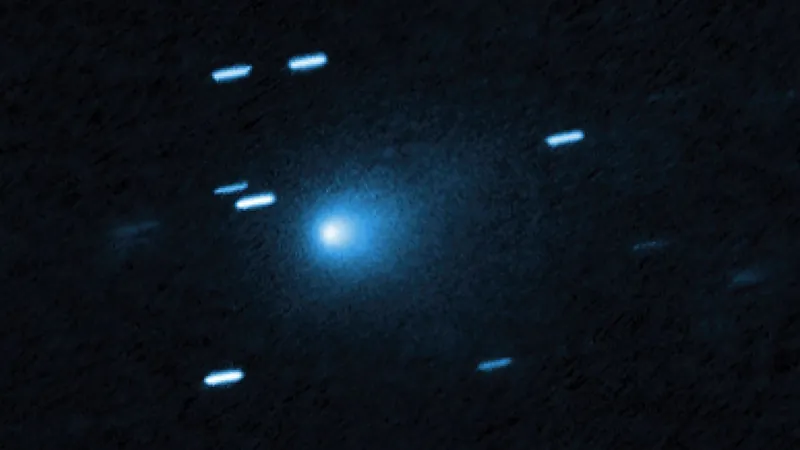


 Brasil (PT)
Brasil (PT)
 Canada (EN)
Canada (EN)
 Chile (ES)
Chile (ES)
 Česko (CS)
Česko (CS)
 대한민국 (KO)
대한민국 (KO)
 España (ES)
España (ES)
 France (FR)
France (FR)
 Hong Kong (EN)
Hong Kong (EN)
 Italia (IT)
Italia (IT)
 日本 (JA)
日本 (JA)
 Magyarország (HU)
Magyarország (HU)
 Norge (NO)
Norge (NO)
 Polska (PL)
Polska (PL)
 Schweiz (DE)
Schweiz (DE)
 Singapore (EN)
Singapore (EN)
 Sverige (SV)
Sverige (SV)
 Suomi (FI)
Suomi (FI)
 Türkiye (TR)
Türkiye (TR)
 الإمارات العربية المتحدة (AR)
الإمارات العربية المتحدة (AR)